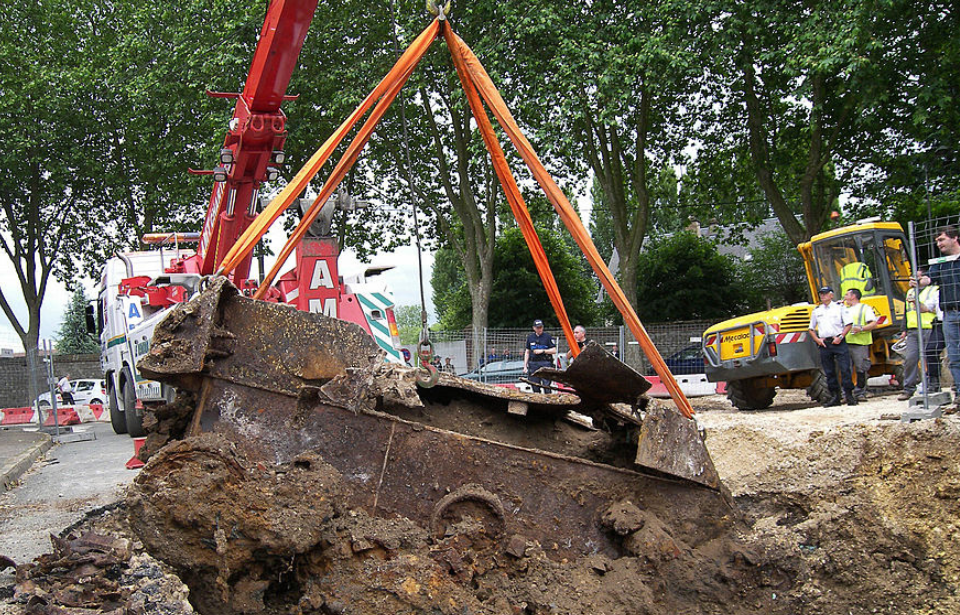Throughout World War II, the Allied and Axis forces mobilized extensive numbers of troops and weapons across Europe and the Pacific. The intense battles that ensued left a considerable amount of debris, much of which remains visible even decades after the war concluded. While it’s usual to encounter smaller items like hand grenades, and land mines, there are occasional discoveries of a larger size and historically important artifacts from that era, as recently demonstrated by finds in Chartres, France.
Chartres is no stranger to war
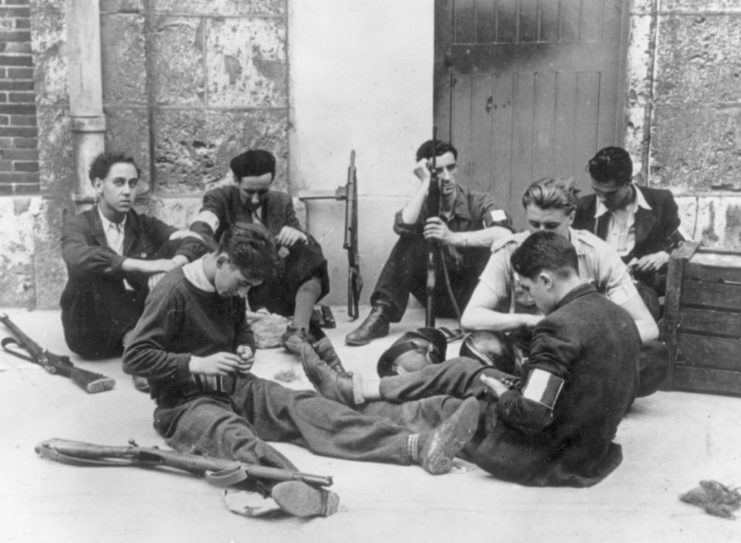
Chartres is no stranger to conflict, having experienced it for decades, and this was no different during World War II. It was one of many European cities to suffer heavy bombings during the early years of the conflict, and it was also the site of intense fighting in August 1944, just over two months after the D-Day landings at Normandy.
Saving the Chartres cathedral
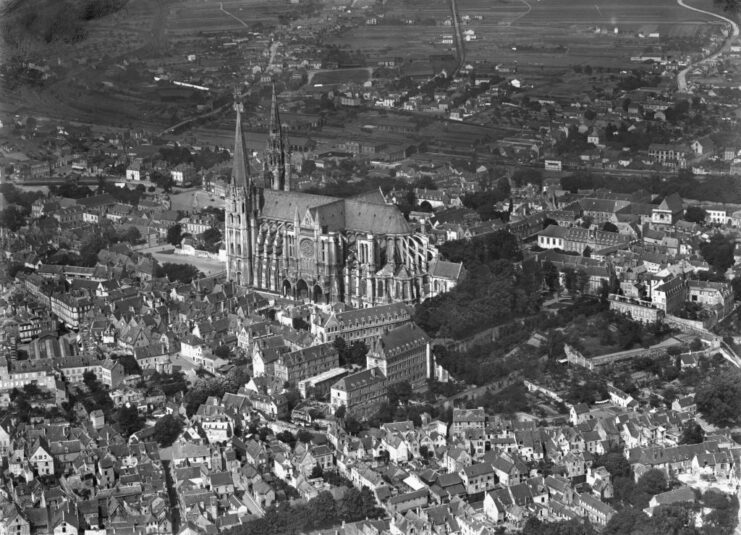
The Americans led the charge into the city, given the responsibility of driving out the Germans and demolishing the grand cathedral, which officials feared might be serving as a lookout point. On August 16, Col. Welborn Barton Griffith, Jr., a liaison officer with the XX Corps, questioned if this was necessary and suggested a reconnaissance mission behind enemy lines to check if the church’s bell tower was occupied by enemy forces. After it was verified that the bell tower was clear, the order to destroy the cathedral was revoked.
Fighting to liberate Chartres
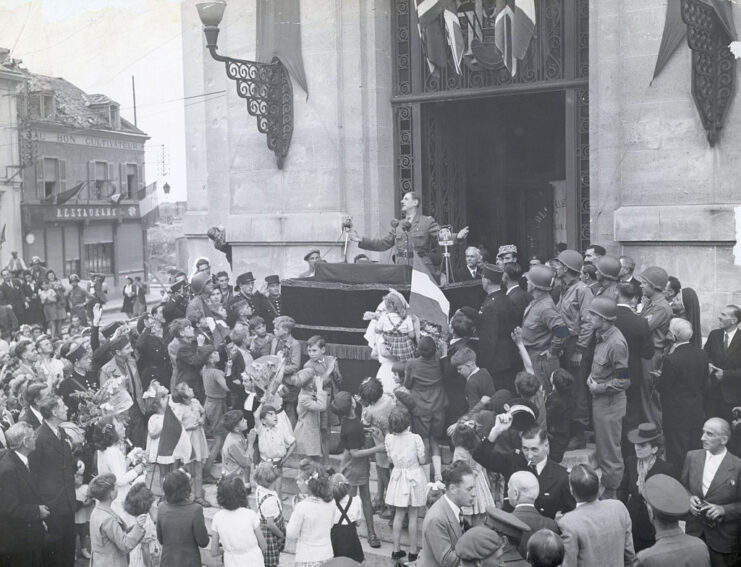
Although the cathedral was free of German soldiers, the rest of Chartres was still occupied. Teams from the 3rd Cavalry Group and the 1139 Engineer Combat Group then carried out reconnaissance on the city, leading to clashes between both sides, with the Americans supported by the Free French and the French Resistance.
On August 18, the 5th Infantry and 7th Armored Divisions, part of Gen. George S. Patton‘s US Third Army, liberated Chartres. The capture of the city was one of many confrontations between the Allies and Germans that eventually led to the liberation of Paris.
Workers thought they were conducting normal road maintenance…
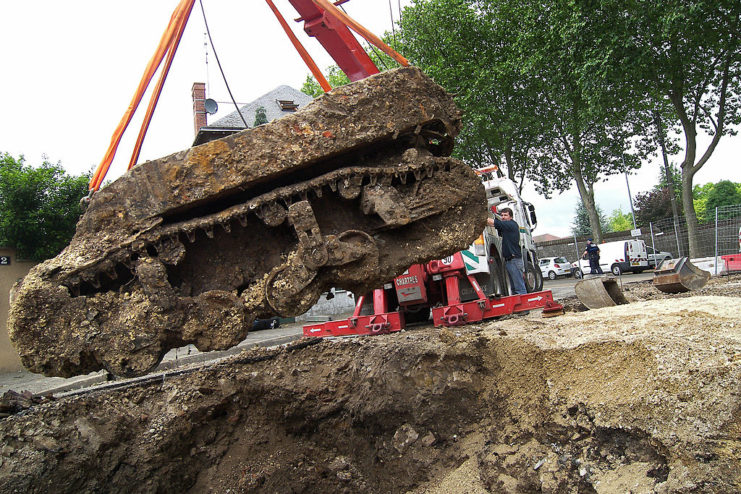
In 2008, while performing their routine maintenance duties around Chartres, a team of road workers stumbled upon something surprising. As they dug in the vicinity of the famous cathedral, they unexpectedly unearthed what seemed to be a large machine right in the area where they were working.
An amazing discovery beneath the streets of Chartres
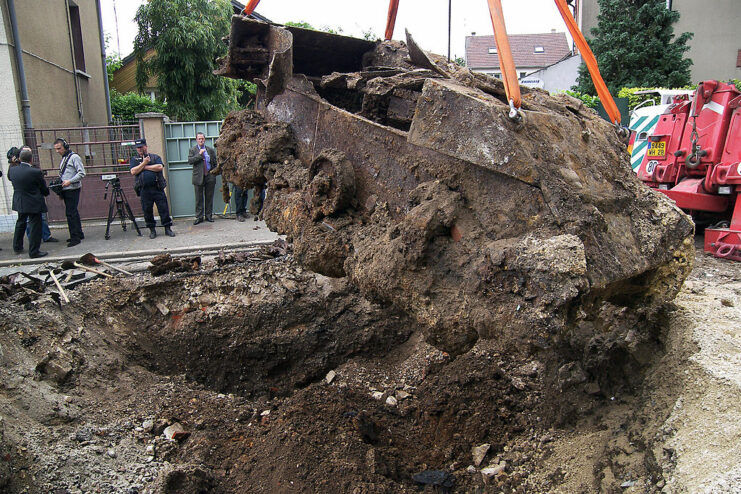
Confused by what it was, the workers tried to hoist the vehicle onto their truck, yet encountered difficulty and went to get help from a mechanical digger to dislodge the metallic behemoth from the ground. Despite successfully extracting it, they still needed of guidance from knowledgeable experts to figure out the precise nature of their find.
As later investigation revealed, the origins of this discovery could be traced back to Chartres’ liberation during the Second World War.
A long-lost M5 Stuart
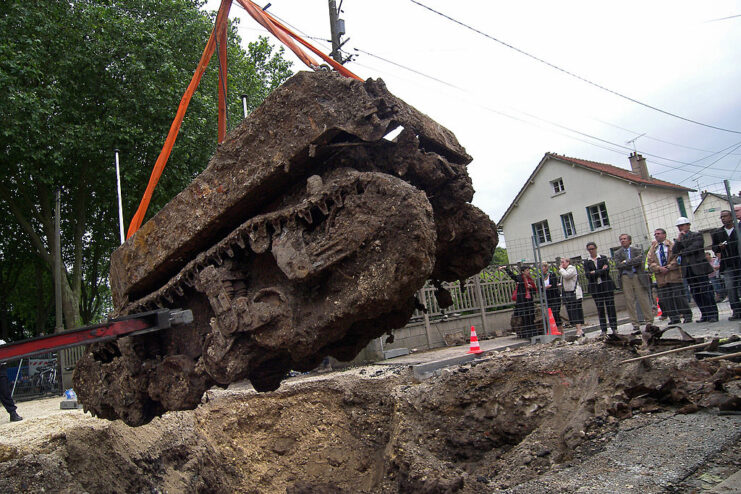
As per the specialists, the unidentified vehicle turned out to be an American tank that participated in the liberation of France in 1944. Surprisingly, they managed to find eyewitnesses who recalled spotting the vehicle amidst the liberation operations, manned by US forces.
Serving with the 31st Tank Battalion
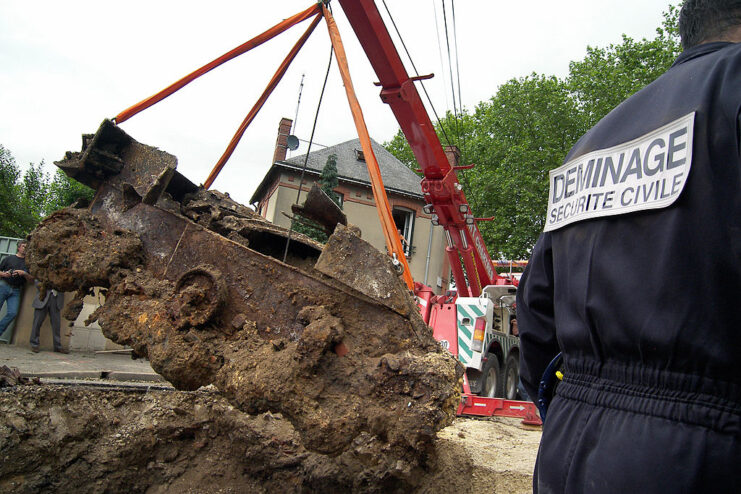
The M5 Stuart light tank, as they identified it, had served with Maj. Leslie Lohse of the 31st Tank Battalion, 7th Armored Division, who’d helped with the liberation of Chartres. The tank was the first to enter the city during the Allied liberation efforts, but it was abandoned while on a reconnaissance mission, with witnesses stating it had either slipped off of its tracks or ran out of fuel.
When World War II was over, the M5 was pushed into a bomb crater and buried, as a means of clearing the road. For the next eight decades, it remained beneath the ground, with few aware of its existence.
The M5 Stuart was a variant of the M3
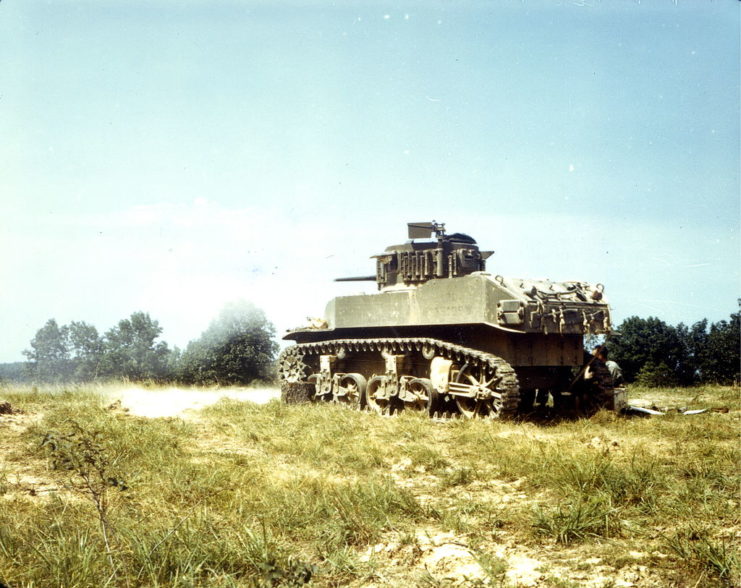
The M5 Stuart was developed by the Americans in 1942 as an improved version of the M3. As a result of the increased demand for radial aero-engines, which were in short supply, the US military wanted to develop a tank that could operate with another engine. One designed by Cadillac, the V8, was chosen to power the new armored vehicle, which also featured a redesigned hull.
By the end of the Second World War, 2,074 M5s had been produced. While a good tank, it was rather small, compared to others.
No match for larger enemy tanks
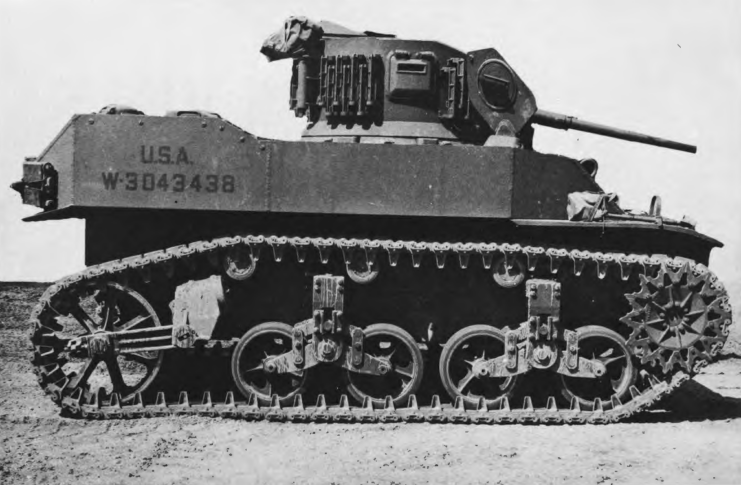
More from us: K2 Black Panther: One of the World’s Most Expensive Tanks
It’s not unusual that the discovery made in Chartres was an M5, given it was readily used by the Americans during their push into France. However, it was a poor match for enemy vehicles, as it was only equipped with a 37 mm cannon, compared to the 88 mm ones many German tanks were equipped with.
